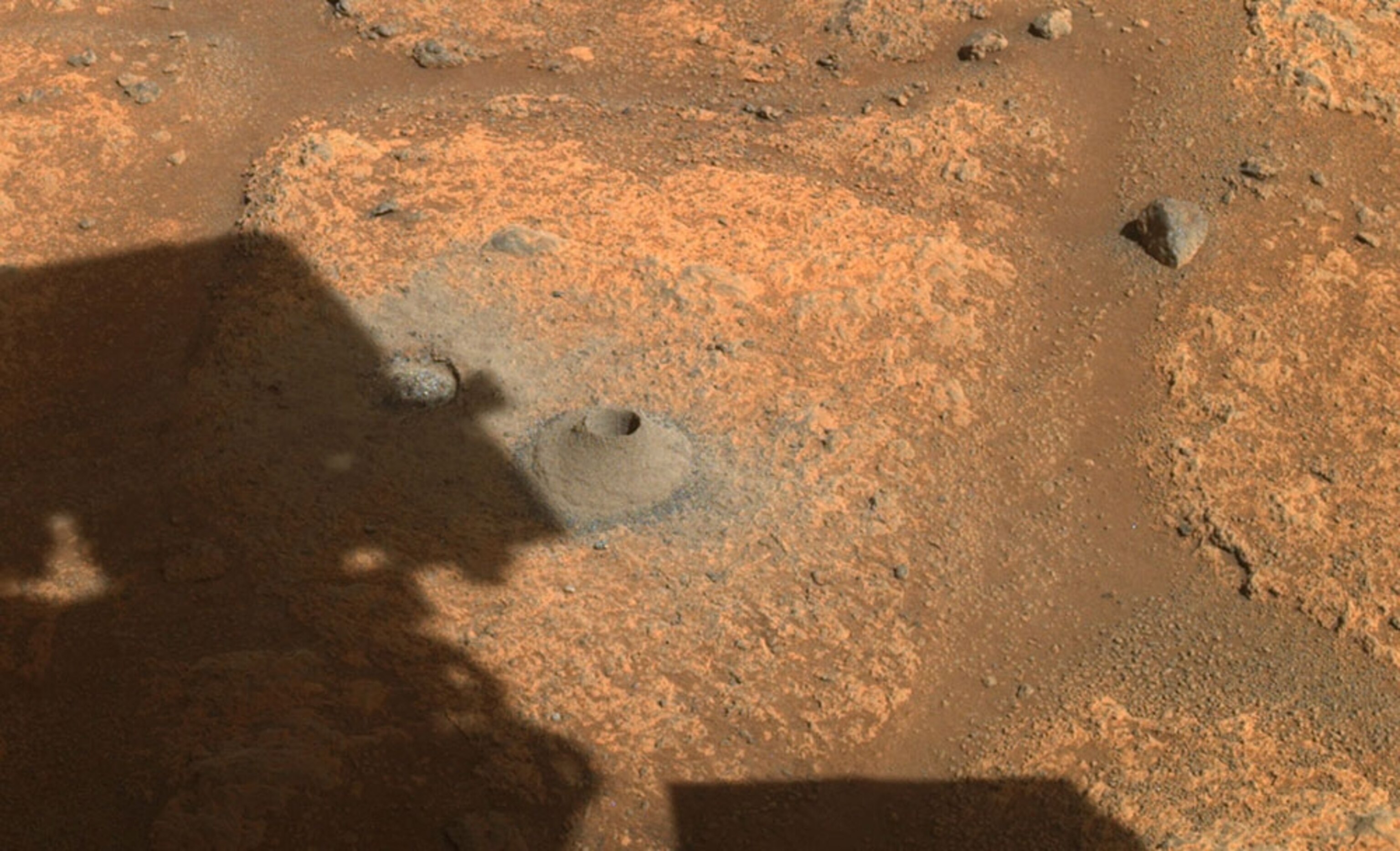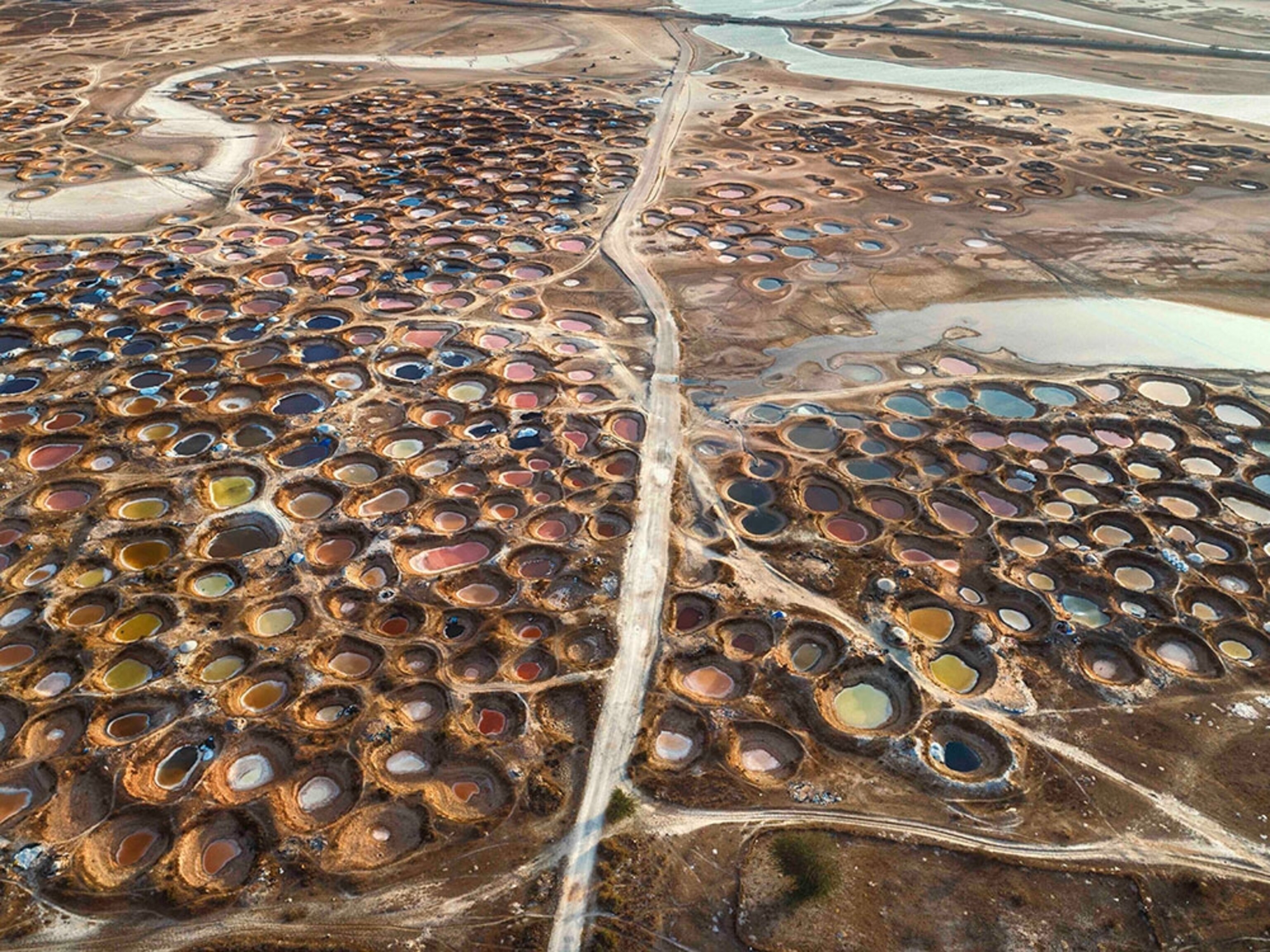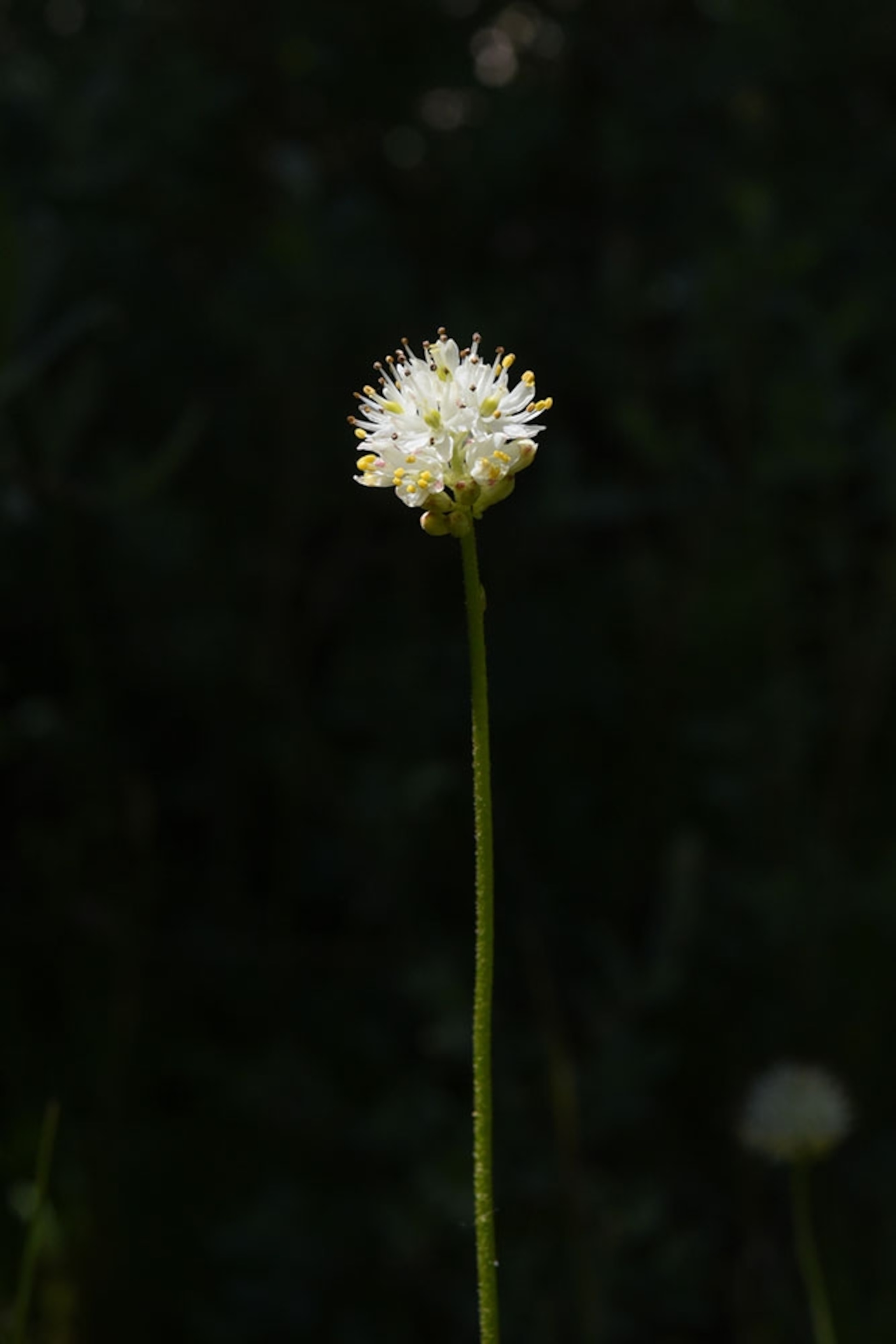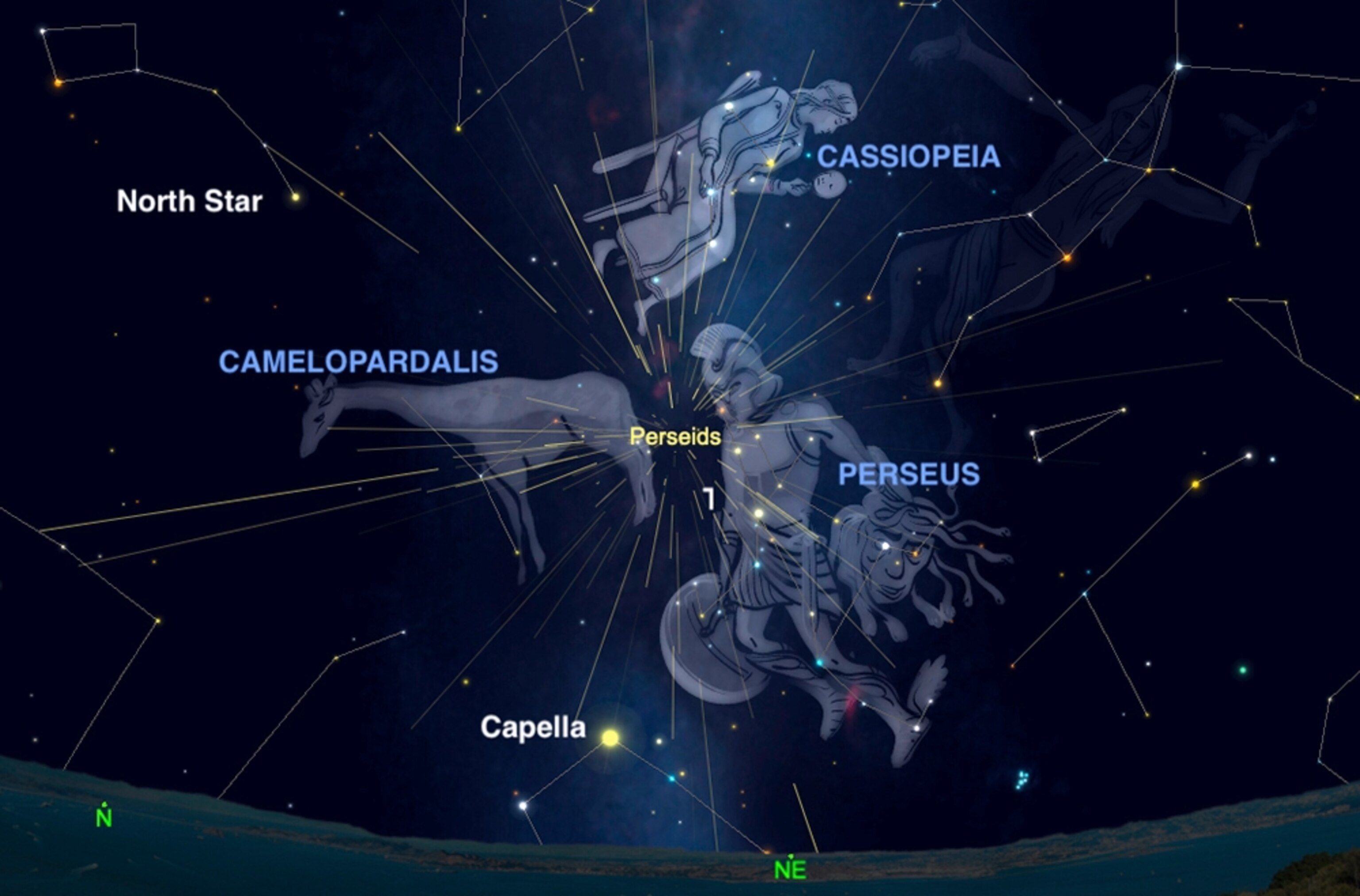
A setback on Mars
In today’s newsletter, Mars attacks drills; asteroid danger upgraded; human moonshot delayed; a new carnivorous plant; shrinking Lake Powell … and tonight’s Perseid meteor shower.
This article is an adaptation of our weekly Science newsletter that was originally sent out on August 11, 2021. Want this in your inbox? Sign up here.
By Victoria Jaggard, SCIENCE executive editor
Mars is hard—literally and figuratively. So it really should not be shocking that NASA’s first-ever attempt to drill a Martian core sample and stow it for safekeeping did not go entirely to plan. The failed maneuver, which culminated late last week, probably feels that much more gut-wrenching because of the recent string of successes humans have had recently on the red planet.
In the span of a couple of months, three countries—the U.S., the United Arab Emirates, and China—got independent spacecraft either into orbit or safely onto the Martian surface. That includes the car-size Perseverance rover, which NASA designed in part to take samples of Mars for eventual return to Earth. Percy, as the rover has been nicknamed, also carried the first helicopter to try to fly on Mars. The Ingenuity chopper not only got off the ground in the thin Martian atmosphere, it has since been outperforming expectations, taking on more complex tasks with each successive flight.
Orbiting? Check. Landing? Check. Flying? Check. But drilling on Mars (pictured above) has been another matter.
In January, NASA had to give up on part of its InSight mission, which was sent to Mars to take seismic readings and better understand the red planet’s deep interior. The agency spent two years trying to operate a device dubbed the mole that was meant to drill down about 16 feet and take heat readings. “Each time the mole attempted to dig itself in, it would pop back out again,” Maya Wei-Haas writes for Nat Geo. NASA eventually concluded that the soil was too “sticky” and would not allow the drill to get enough traction. Percy’s predecessor, the Curiosity rover, has been able to take small rock samples for onboard analysis—but not before its drill went offline in 2016 due to mechanical troubles, forcing NASA to come up with a workaround.
Lest you think Mars is cursed, don’t forget the troubles robots have faced with sampling attempts on other solar system objects. In 2010, Japan’s Hayabusa mission returned just a smattering of dust (shown above) from its target asteroid after a projectile system designed to help collect the sample failed to deploy. And while NASA’s OSIRIS-REx spacecraft now seems to have its asteroid sample safely on board, the operation was not picture-perfect. The mission suffered a surprise leak “as some of the spacecraft’s pristine space rocks slipped out of a jammed sampling mechanism and floated away into the void,” our Michael Greshko writes.
Some space pundits have pointed out that the most successful sample-return mission has been the Apollo program, which allowed humans to retrieve a tidy haul of pristine bits of the moon. If the goal is to grab more space rocks for study back on Earth, that would seem to make the case for future human missions deeper into the solar system. But I’m not counting out the robots just yet. NASA engineers have a remarkable track record MacGyvering spacecraft even from a great distance, and I’d wager that this rover’s Martian bounty is still in the cards if we all show a little more perseverance.
Do you get this daily? If not, sign up here or forward this to a friend.
TODAY IN A MINUTE
Why Delta is so infectious—and dangerous: The Delta variant, one of the most infectious respiratory viruses ever known, has spurred a sharp rise in cases, hospitalizations, and deaths around the world. Not only is it more transmissible than other SARS-CoV-2 variants, it can cause more serious diseases, Nat Geo reports. The good news is that currently authorized COVID-19 vaccines remain effective. (Above, nurses attend to 20 COVID-19 patients, most unvaccinated, at a Torrance, California, hospital.)
Asteroid danger upgraded: NASA today said the danger of a collision with the asteroid Bennu has risen. But don’t freak out. NASA says the 1,614-foot-wide asteroid, slightly bigger than the height of the Empire State Building, doesn’t cross our orbit for 161 years—and even then the chances of a collision aren’t that high, Nat Geo’s Michael Greshko reports.
No NASA astronauts on the moon in 2024? That’s according to a NASA inspector-general report Tuesday that said the astronauts’ lunar-grade spacesuits won’t be ready by then. The suits will cost up to $1 billion but not be useable until April 2025, The Verge reports. NASA faces other delays on this mission, from the development of its new lunar lander to getting its massive Space Launch System rocket off the ground.
Making progress? More women are starting science research careers than there were 20 years ago. But they are less likely to continue in the field than their male counterparts and, in general, publish fewer papers, Nature reports.
Drought unveils natural canyon: Normally, Lake Powell, Utah, created in the 1960s, holds enough water to flood Massachusetts hip-deep. But drought, warming, and overuse of the Colorado River have reduced the lake to a puddle of its former self. With each month, more of Glen Canyon, its natural state, is revealed. “Hundreds of miles of riparian habitat [is] coming back,” the executive editor of the Glen Canyon Institute tells Elizabeth Kolbert for the New Yorker.
Mission to Mars: Would you like to spend a year pretending to live in a shared 1,700-square-foot space? If so, NASA is seeking healthy adults for a Mars simulation. Applicants must be U.S. citizens 30 to 55 years old with a STEM master's degree or sufficient experience piloting an aircraft. NASA says the simulated mission will help it prepare to send astronauts to the red planet.
INSTAGRAM OF THE DAY
Not a butterfly: Seen from above, the Puits de Sel (salt wells) in Palmarin, a village on the Senegalese coast, echo the pattern of a butterfly’s wing. But with mangroves disappearing, erosion could cause this natural spectacle—with resources employing 500 families—to be submerged by the sea.
Since he began photographing for Nat Geo in 2015, Luca Locatelli (who took the image above) has searched for future solutions to Earth’s issues. Here’s a look at his work in our March 2020 story on new ways to re-use and reduce trash—and here’s a step-by-step look at what cities are doing. Learn more about how the National Geographic Society supports work to solve our most pressing challenges.
THE BIG TAKEAWAY
Feed me! It’s not the giant bloodthirsty plant from Little Shop of Horrors, but a flowering beauty in the bogs of western North America has been determined to be a carnivore. The false aphrodel (pictured above), traps and digests small ants and flies. As much as two-thirds of the vital nitrogen in its leaves comes from these animals, Douglas Main reports.
THE NIGHT SKIES
Perseid meteor time: Get set as one of the most popular annual meteor showers, the Perseids, peaks tonight, tomorrow night, and Friday. Shooting stars will race across the sky beginning late evening into the pre-dawn hours. Expect 20 to 120 meteors an hour, depending on if you are watching from light-polluted suburbs or the dark countryside. The waxing crescent moon will be setting in the early evening, leaving perfect dark skies to see even the fainter meteors. The Perseids appear to radiate from their namesake constellation Perseus, which will appear to rise in the northeast. Straggler Perseids will continue to fly until August 24.— Andrew Fazekas
IN A FEW WORDS
Although it has been known for at least 70 years that race is undeniably a social construct … many scientists still labor under the belief that race is biologically real. … The old narrative looms too large in their imaginations.
Angela Saini, Science journalist, author: Inferior, From: Why myths about superiority endure, in the face of science
DID A FRIEND FORWARD THIS NEWSLETTER?
On Thursday, Rachael Bale marks World Elephant Day with the latest on animals and wildlife. If you’re not a subscriber, sign up here to also George Stone on travel, Whitney Johnson on photography, Debra Adams Simmons on history, Rob Kunzig on the environment, and Rachel Buchholz on family and kids.
OVERHEARD AT NAT GEO
From Aztec to A.I.: A series of Aztec codices—16th century “Rosetta Stones” that preserved Aztec language and deeds—laid a foundation that researchers and scholars are building on today. The codices are another example of an advanced civilization, conquered 500 years ago Friday by Spain, that survived though preservation and practice. Catch what we’ve learned in the latest Nat Geo History magazine and in the latest episode of our podcast, Overheard. (Above, a 17th Century painting of Hernán Cortés’s conquest of Tenochtitlan.)
This newsletter has been curated and edited by David Beard and Monica Williams, and Jen Tse has selected the photos. Have an idea or a link to share? We'd love to hear from you at david.beard@natgeo.com. Thanks for reading!






